
As 2025 unfolds, Asia’s electric vehicle (EV) market is buzzing with energy and innovation. Governments across the region are pushing for cleaner transport, offering incentives, and building up EV infrastructure. As a result, more drivers are making the switch, and carmakers are delivering a diverse range of models that cater to every lifestyle—from budget-friendly urban runabouts to premium SUVs packed with tech.
Here’s a look at the top five trending EVs currently dominating the Asian market in 2025:
1. BYD Seal – The Tesla Challenger
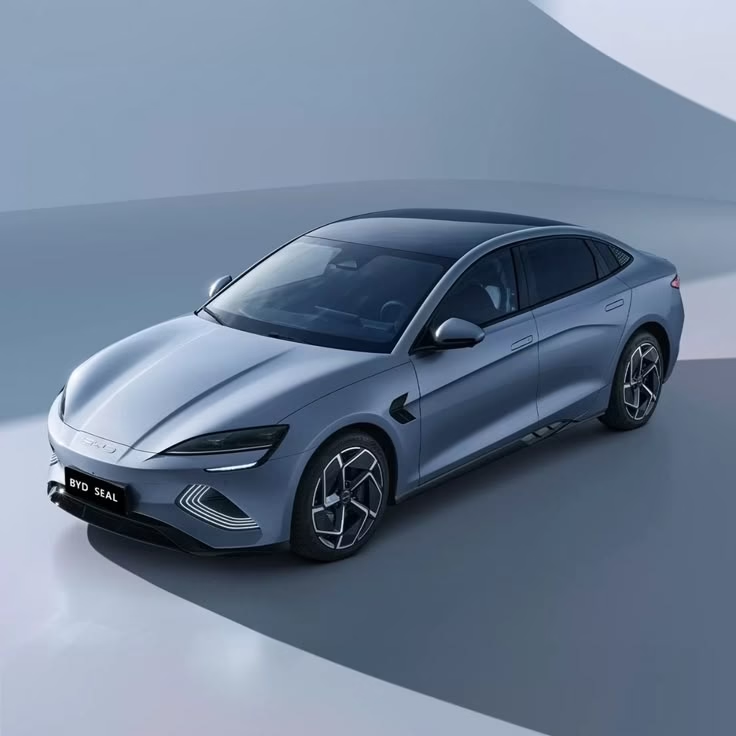
The BYD Seal is making serious waves in Asia, especially in EV-forward nations like China, Japan, and Thailand. This sleek fastback sedan is BYD’s answer to the Tesla Model 3—and it’s delivering on that promise.
Built on BYD’s advanced e-Platform 3.0, the Seal offers two main battery options, providing ranges between 460 and 570 kilometers. It supports fast DC charging and comes with dual-motor AWD variants for those who want that extra punch of performance.
What’s really helped the Seal stand out is its balance of affordability, tech features, and smooth driving dynamics. Inside, it boasts a futuristic dashboard with a large rotating infotainment screen, quality materials, and a comfortable cabin—making it a favorite for both daily commuters and young professionals seeking a touch of luxury.
2. Geely Galaxy E5 (also known as Proton eMas 7)
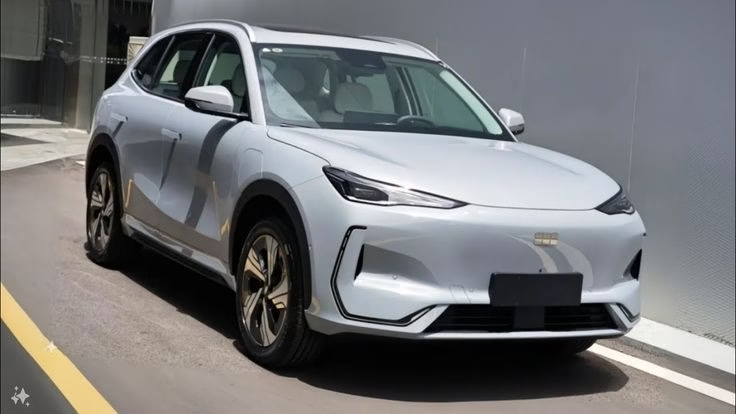
Compact SUVs continue to dominate consumer preferences in Asia, and the Geely Galaxy E5—also marketed as the Proton eMas 7 in some Southeast Asian countries—is a top contender in this space.
This model hits the sweet spot between size, performance, and practicality. Powered by a 160 kW electric motor, it delivers a maximum range of around 530 kilometers, which is more than enough for both city errands and weekend getaways.
Design-wise, the Galaxy E5 is modern yet understated. It’s packed with intelligent features like voice-activated controls, a panoramic sunroof, a large touchscreen system, and comprehensive driver-assist technology. The SUV’s appeal lies in its competitive pricing and reputation for being both family-friendly and future-ready.
3. Polestar 4 – The Premium Game-Changer
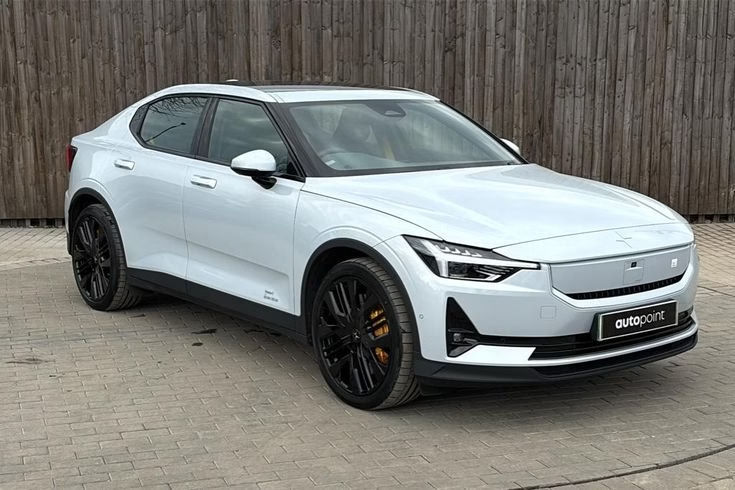
When it comes to high-end electric SUVs, the Polestar 4 is quickly rising through the ranks in Asia. Born from the Volvo-Geely partnership, this EV blends Swedish minimalist design with cutting-edge technology and Asian manufacturing efficiency.
The Polestar 4 features a 102 kWh battery pack, delivering strong performance and a range well beyond 600 kilometers in some configurations. It’s available in both rear-wheel and all-wheel drive versions, giving buyers flexibility based on driving style and budget.
But what sets the Polestar 4 apart is its blend of sustainability and luxury. It uses recycled and eco-friendly materials throughout its interior, and the cabin is a quiet, spacious haven that elevates the driving experience. For buyers looking to go green without compromising on style or comfort, this EV is a top pick.
4. BYD Seagull – Affordable, Simple, and Effective
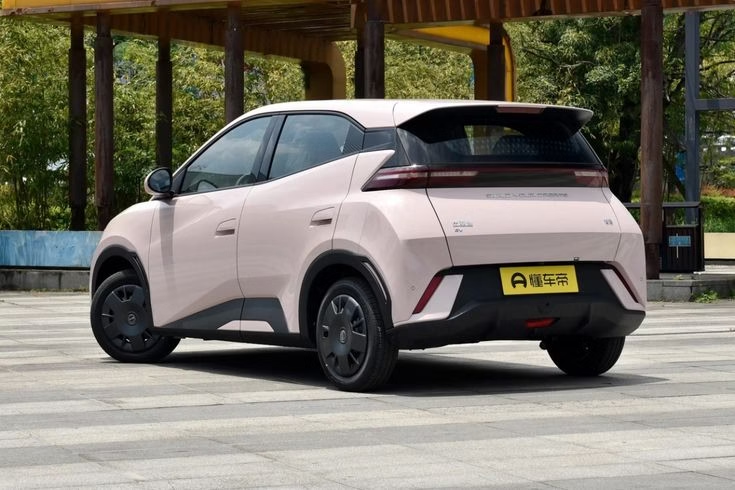
Not every EV has to be high-tech or high-priced. The BYD Seagull is capturing hearts across Asia by doing one thing very well: offering affordable, reliable electric mobility for the masses.
With a price tag around the $11,000 mark, the Seagull is one of the most accessible EVs on the market. Despite its low cost, it doesn’t feel cheap. The car offers a range of approximately 300 kilometers—ideal for city driving—and includes essential features like a digital dashboard, fast charging, and solid safety systems.
Its compact size and nimble handling make it perfect for crowded urban environments, and it’s becoming a go-to choice for young drivers, delivery services, and anyone needing a second vehicle. In dense cities like Jakarta, Manila, and Shanghai, the Seagull is quickly becoming a common sight on the roads.
5. Maruti Suzuki eVX – India’s Flagship EV SUV
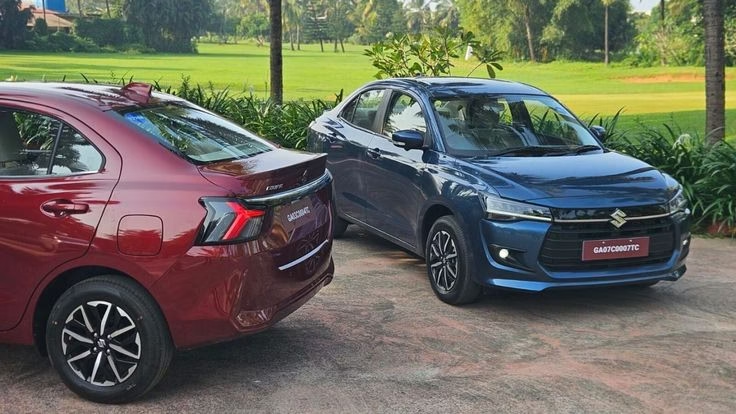
Maruti Suzuki, one of India’s most dominant automakers, is making a strong debut in the EV space with the much-anticipated eVX SUV. Designed with Indian roads and needs in mind, the eVX is a bold step into the future for a brand that has long focused on internal combustion engines.
The eVX is expected to offer a driving range of up to 550 kilometers and is being developed in collaboration with Toyota. It’s designed as a mid-size SUV, offering practicality for families and comfort for long-distance driving—two key concerns for Indian EV buyers.
Early reactions from auto expos and preview events have been positive, praising the eVX’s futuristic styling, spacious interior, and connected-car features. With India pushing hard for greater EV adoption, the eVX could become a benchmark for locally made electric vehicles.
Final Thoughts
The EV scene in Asia is no longer just about early adopters or niche technology lovers—it’s a full-blown revolution. With everything from subcompact electric hatchbacks to premium crossovers, the 2025 market reflects the incredible pace at which EVs are evolving and becoming mainstream.
Each of these five vehicles brings something different to the table. The BYD Seal and Polestar 4 attract those wanting sophistication and power. The Geely Galaxy E5 strikes a balance for practical users. Meanwhile, the BYD Seagull offers unbeatable affordability, and the Maruti Suzuki eVX presents a promising future for the Indian EV ecosystem.
As infrastructure continues to grow and battery technology improves, we can expect even more innovation and competition in the coming months. For now, these five EVs are setting the standard—and leading Asia’s charge toward a cleaner, smarter future.


Leave a Reply